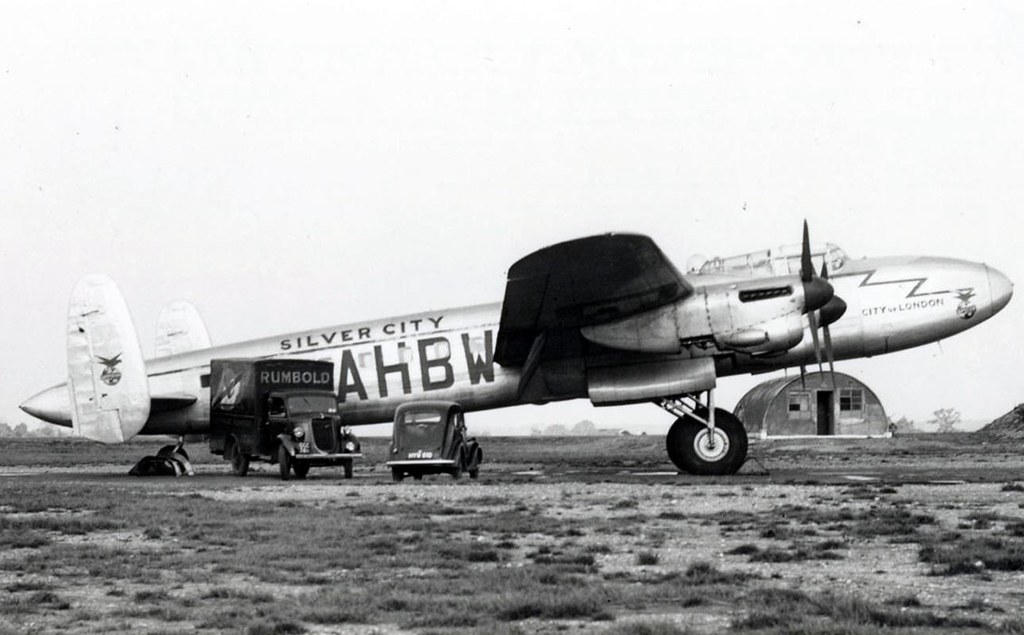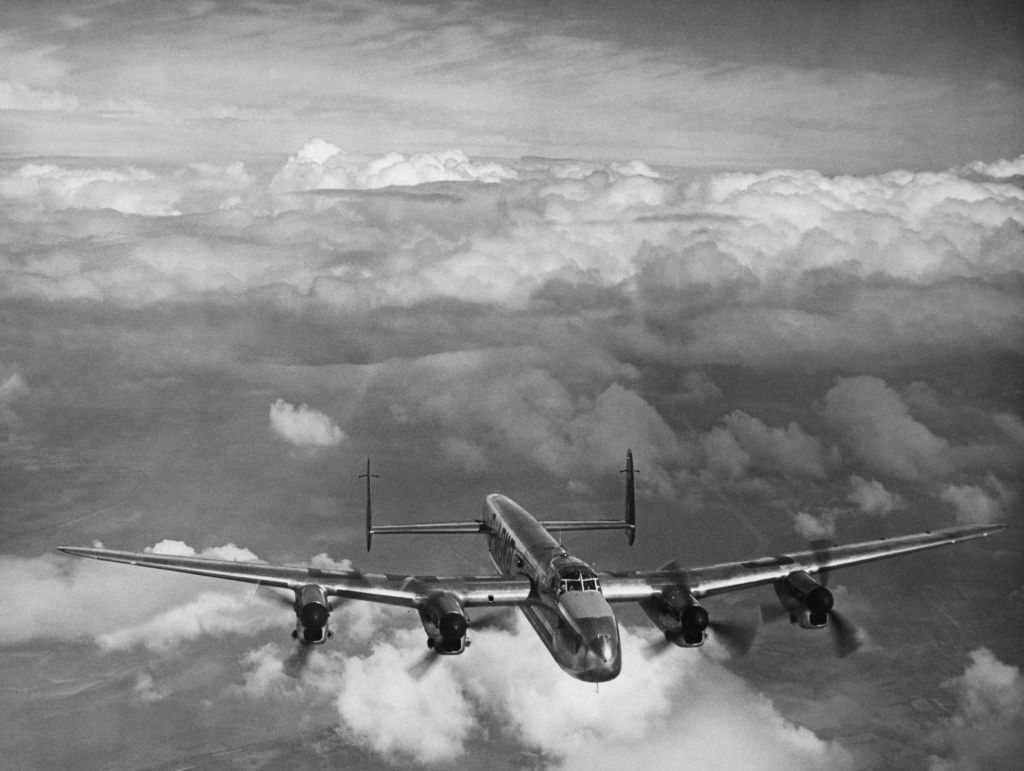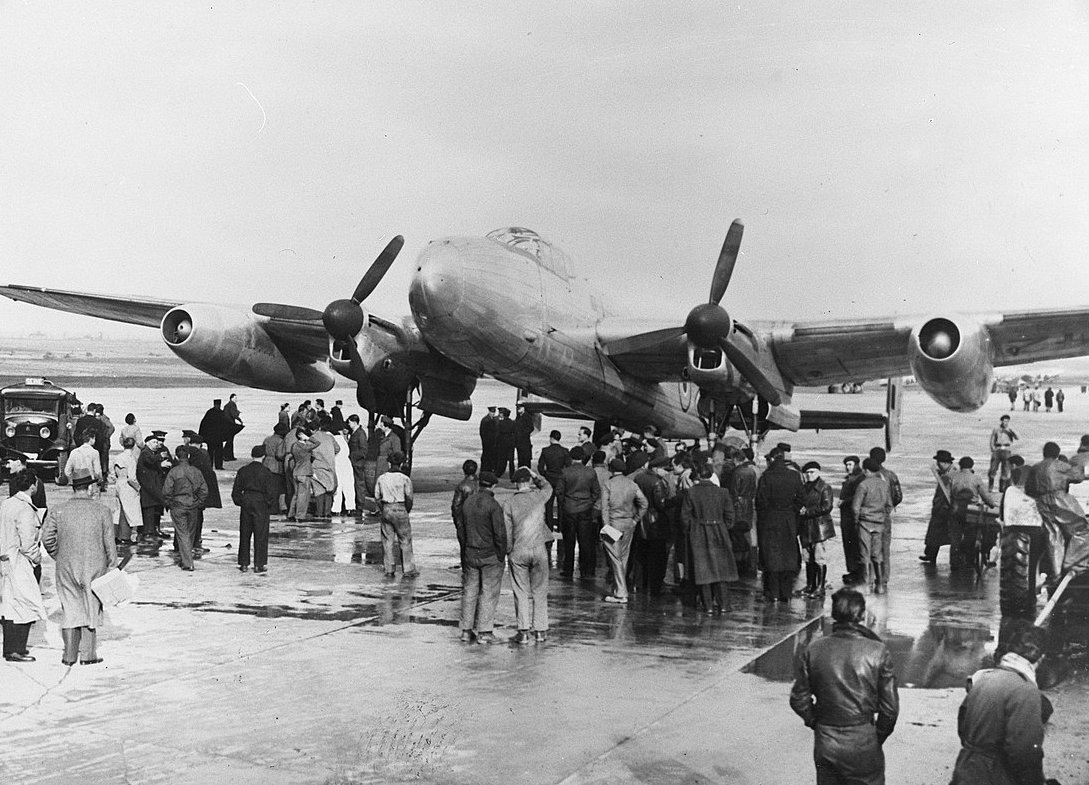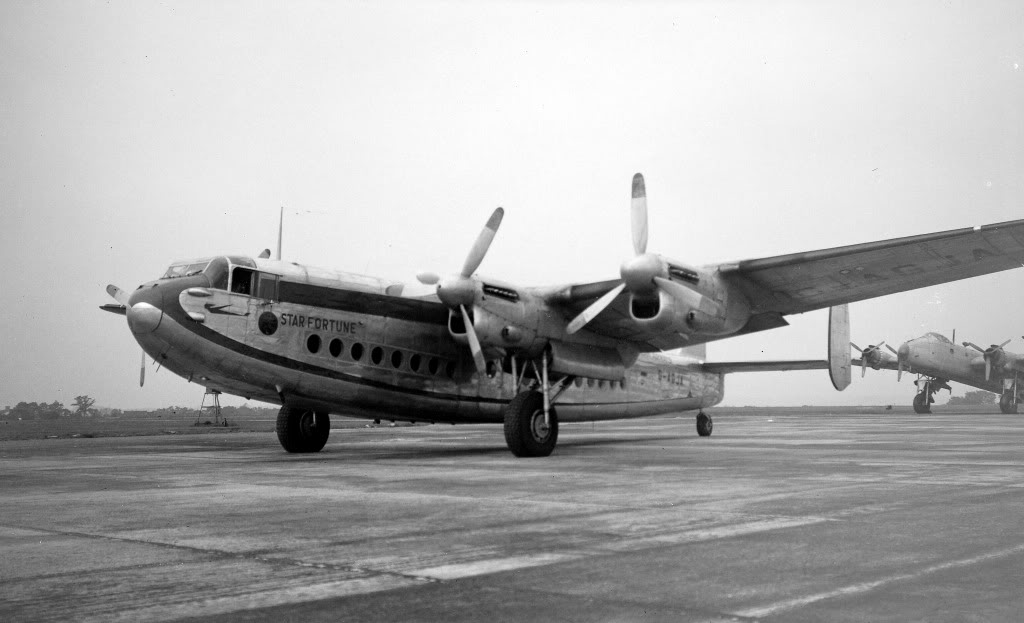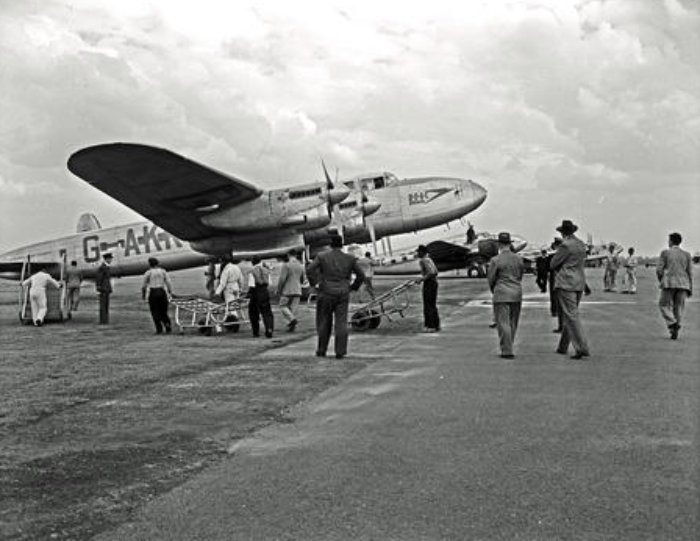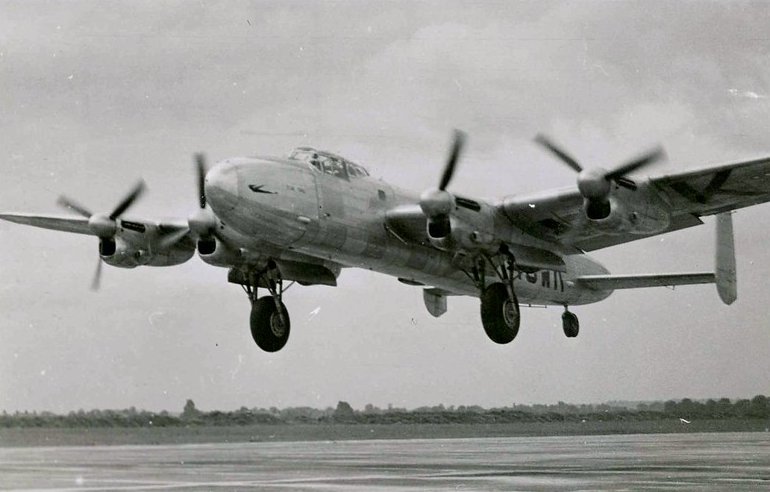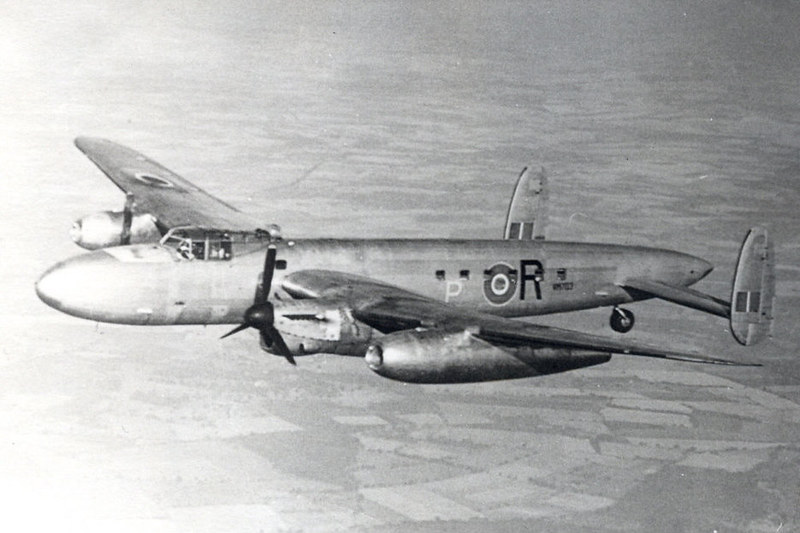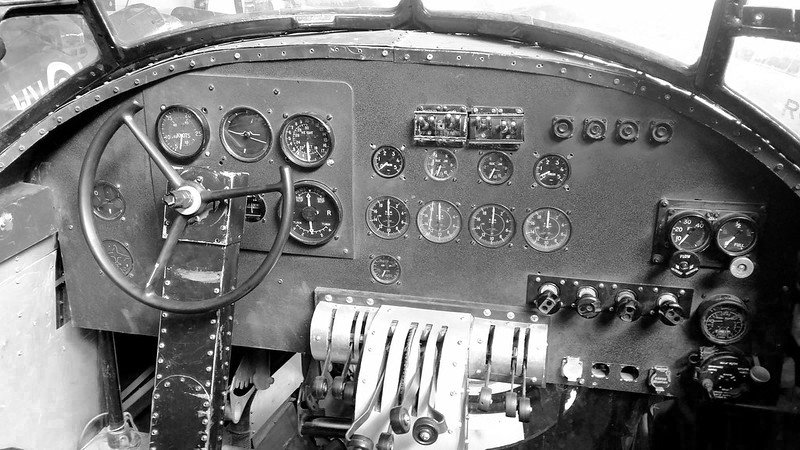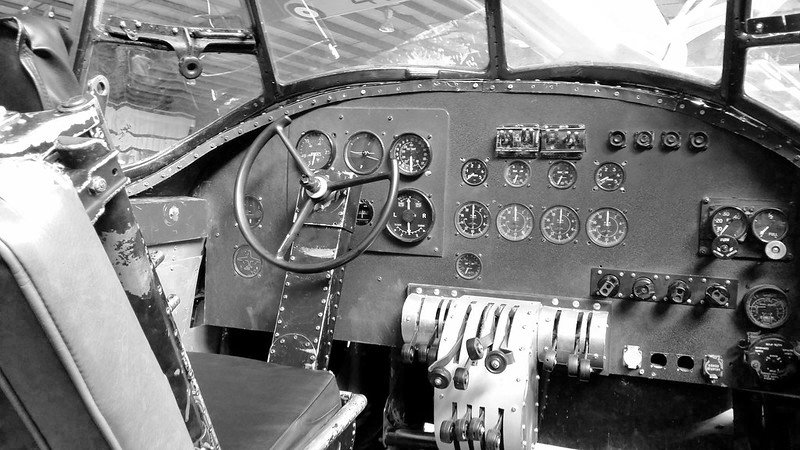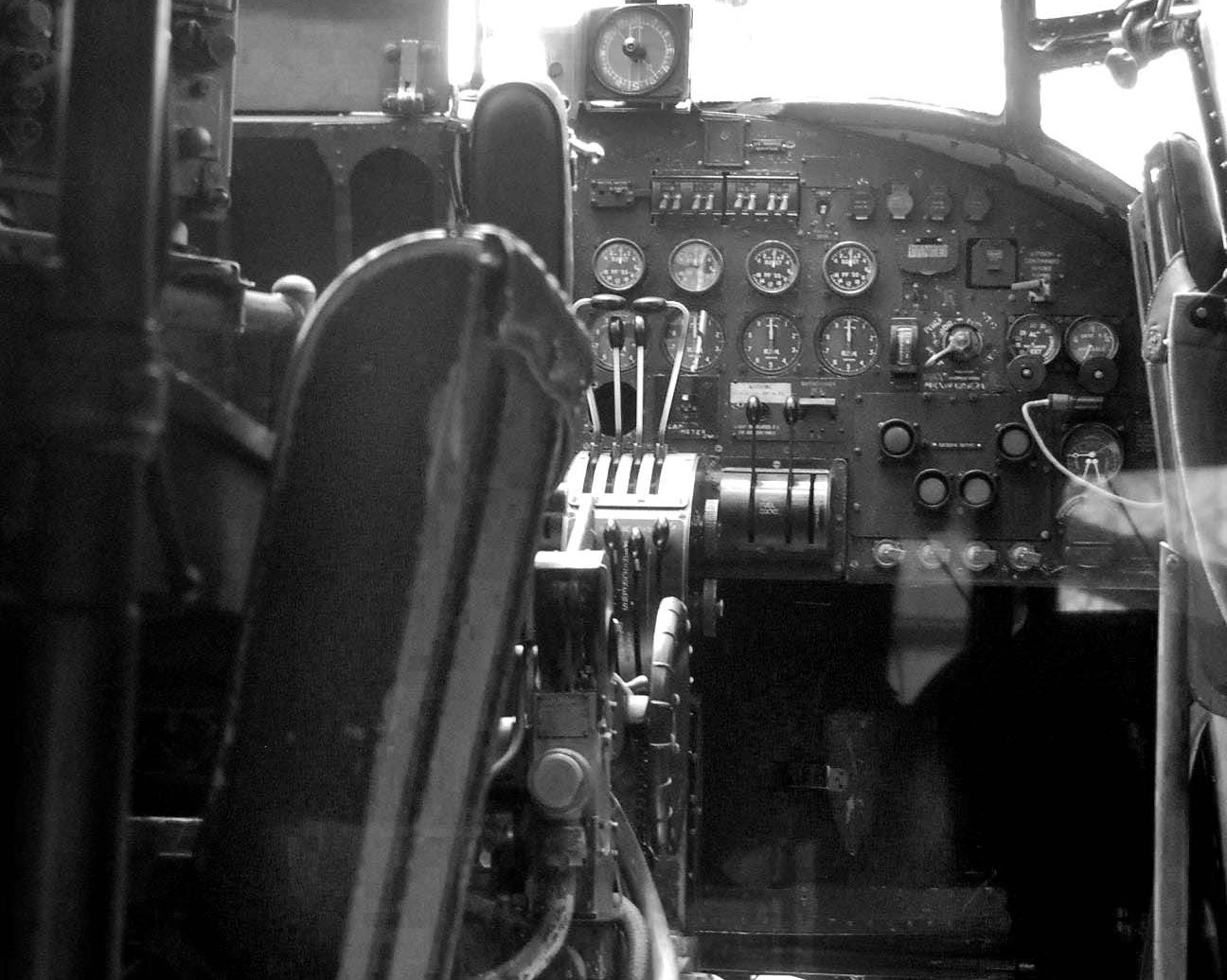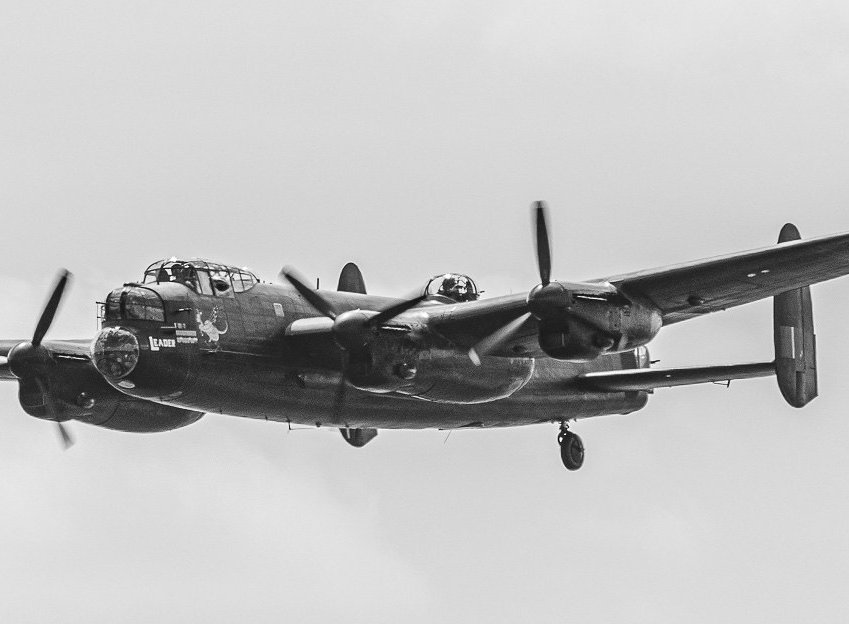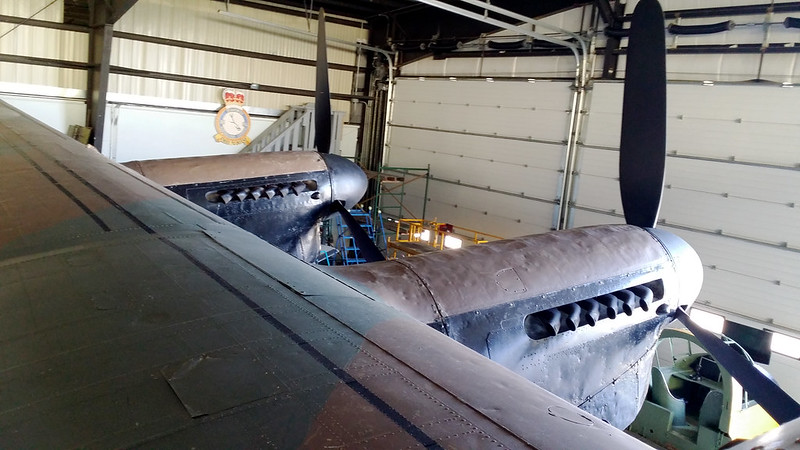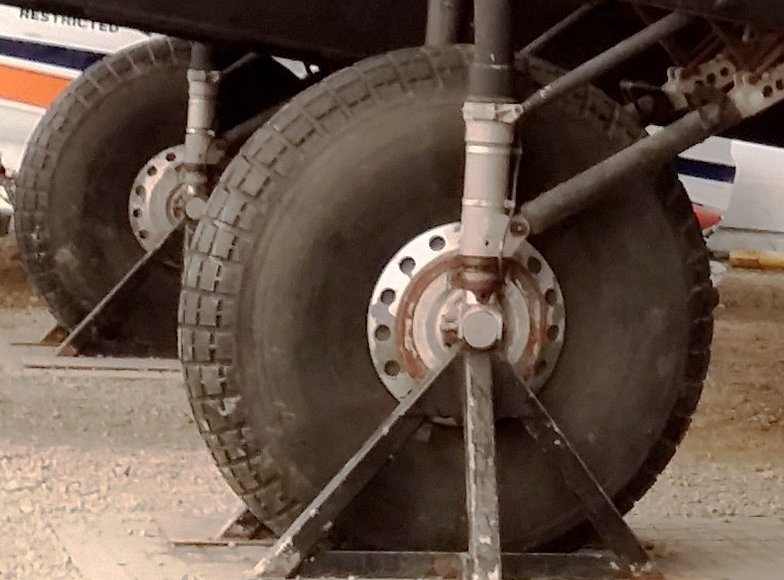The 1947 BSAA Avro Lancastrian Star Dust Accident
One summer afternoon in 1947, a small plane carrying 11 people left Buenos Aires on a short trip to Santiago—but never made it.
The last message came through Morse code only minutes before their expected arrival, and it was virtually impossible to decode.
But what makes this incident even more significant is that the aircraft nor the occupants were ever found—they simply vanished without a trace.
The Mystery
Extensive searches failed to uncover any trace of the aircraft or any of the people on board.
Their fate remained unknown for over fifty years, causing various conspiracy theories to circulate about the infamous disappearance.
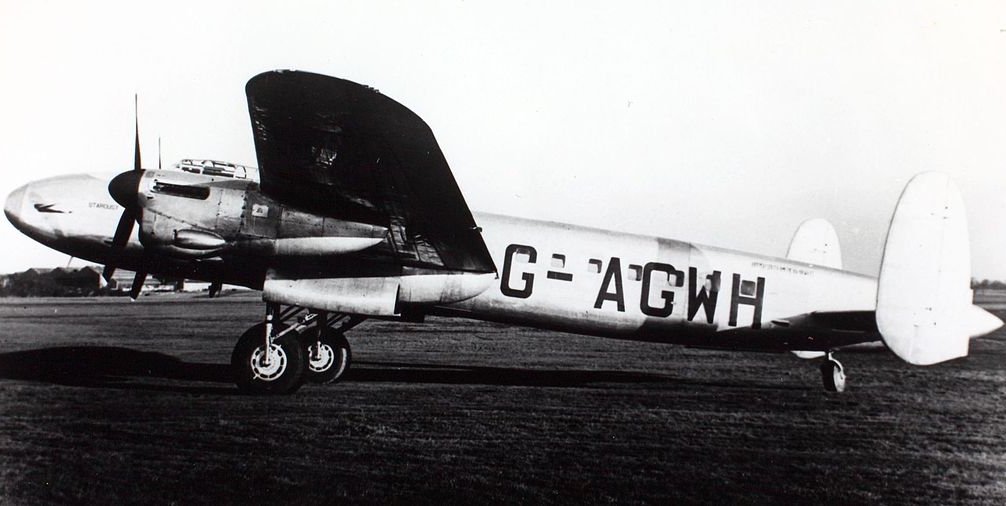 San Diego Air & Space Museum Archives, Wikimedia Commons
San Diego Air & Space Museum Archives, Wikimedia Commons
The Real Story
However, in the late 1990s, pieces of the missing aircraft began to emerge from the glacial ice—and a new theory became plausible.
After piecing together the puzzle, this is the story of what really happened on that fateful evening in August.
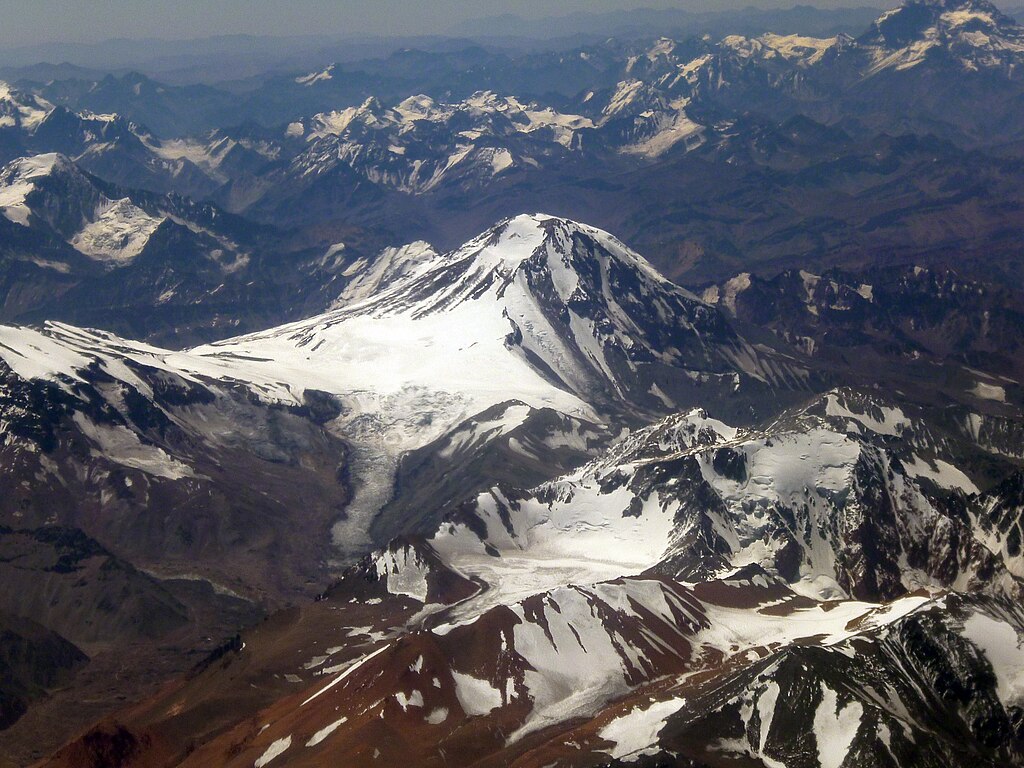 Diode, CC BY-SA 3.0, Wikimedia Commons
Diode, CC BY-SA 3.0, Wikimedia Commons
The Aircraft
The plane, named Star Dust, was an Avro 691 Lancastrian 3. It was built for the Argentine Ministry of Supply and could accommodate 13 passengers safely.
It’s first flight was in November 1945, and had no reported issues on record.
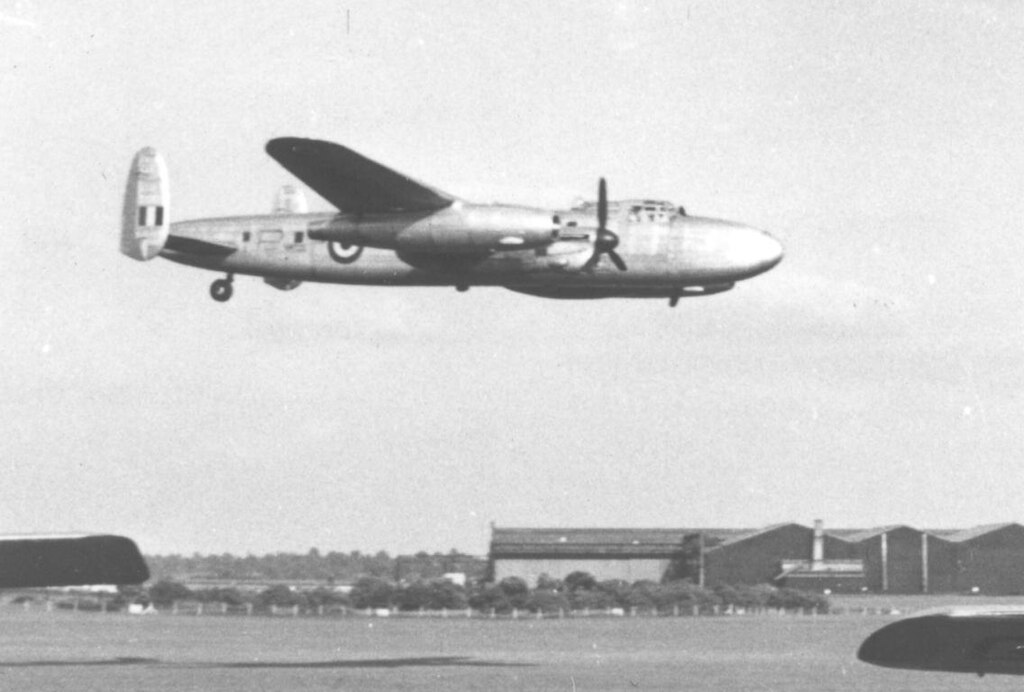 RuthAS, CC BY 3.0, Wikimedia Commons
RuthAS, CC BY 3.0, Wikimedia Commons
The Captain
On August 2, 1947, Star Dust carried six passengers and a crew of five.
The captain, Reginald Cook, was an experienced former Royal Air Force pilot who had flown in combat during WWII.
Air Force Experience
Cook’s first officer, Norman Hilton Cook, and second officer, Donald Checklin, were also Royal Air Force pilots during WWII, with widespread experience.
In fact, Cook had been awarded the Distinguished Service Order and the Distinguished Flying Cross—so it’s safe to say, he knew how to fly a plane.
The Crew
The other two crew members included Iris Morcen Evans, the Star Girl Air Hostess, and Dennis Harmer, the Radio-Telegraph Operator.
Both of them had years of experience in their roles.
The Flightpath
Star Dust’s last flight was the final leg of BSAA Flight CS59—which had started in London, England on an Avro York named Star Mist. It departed on July 29, 1947, and landed in Buenos Aires on August 1.
There, the passengers boarded Star Dust to continue on to their final destination in Santiago.
The Passengers
The passengers on board included one woman and five men of Palestinian, Swiss, German and British nationality.
In fact, the passenger manifest may have made a perfect character list for a murder-mystery.
The Businessmen
On board the Star Dust were two businessmen touring South America on the lookout for trade opportunities. One was a fun-loving Swiss and the other was a self-made English executive.
But that’s not the exciting part.
 Canadian government employee, Wikimedia Commons
Canadian government employee, Wikimedia Commons
The Diamond Smuggler
Another passenger on the plane was a Palestinian man that had a diamond stitched into the lining of his jacket. It was rumored that he may have been sneaking the diamond into Chile—or maybe sneaking it out of England.
Either way, he was also returning home to Chile to visit his dying mother.
The South American Agent
There was also a South American Agent for the Dunlop Tyre company who had royal ties as he was once the tutor to Prince Michael of Romania.
And that’s not the only tie to Royalty.
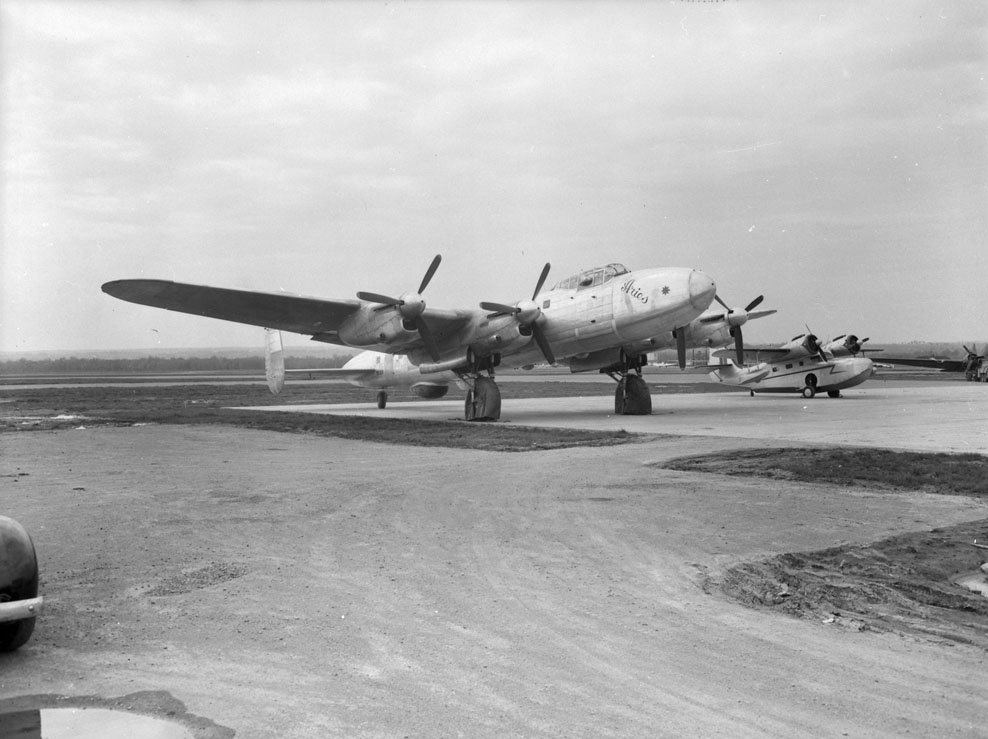 Canadian government employee, Wikimedia Commons
Canadian government employee, Wikimedia Commons
The King’s Messenger
To add a hint of espionage, also aboard the plane was a British diplomatic courier, a King's Messenger. He was carrying a bag of diplomatic documents for the UK embassy across the border.
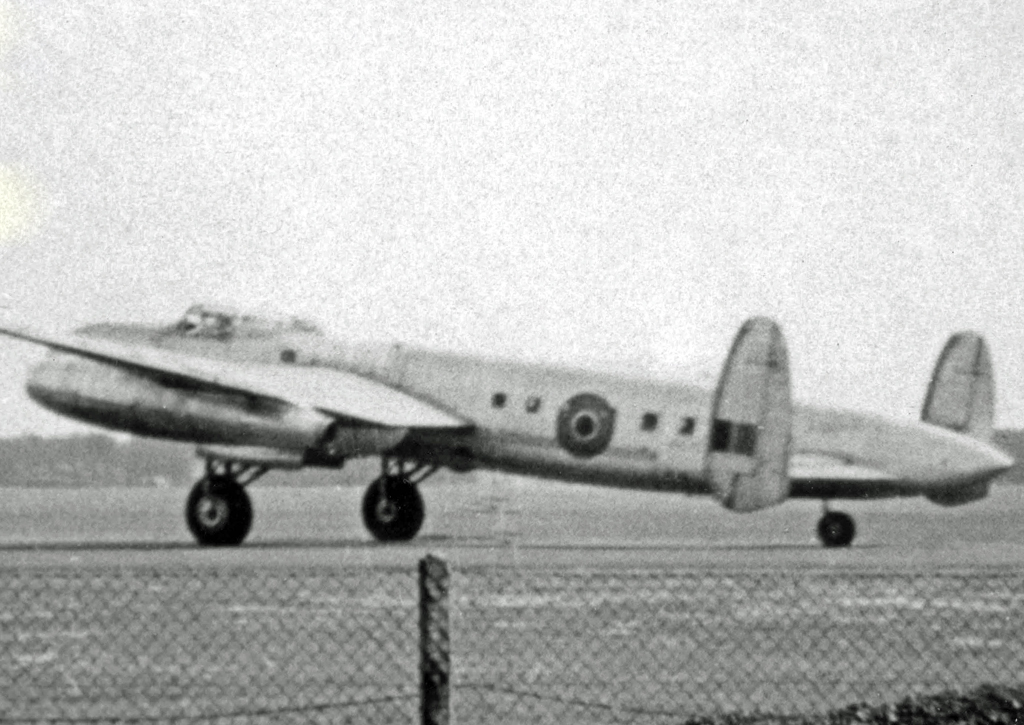 RuthAS, CC BY 3.0, Wikimedia Commons
RuthAS, CC BY 3.0, Wikimedia Commons
The Eldest Passenger
And finally, the oldest passenger on the plane was a widow of German descent who was returning to her Chilean home after being stranded abroad during WWII.
She was in her seventies and had her deceased husband’s ashes with her, who sadly passed during their trip.
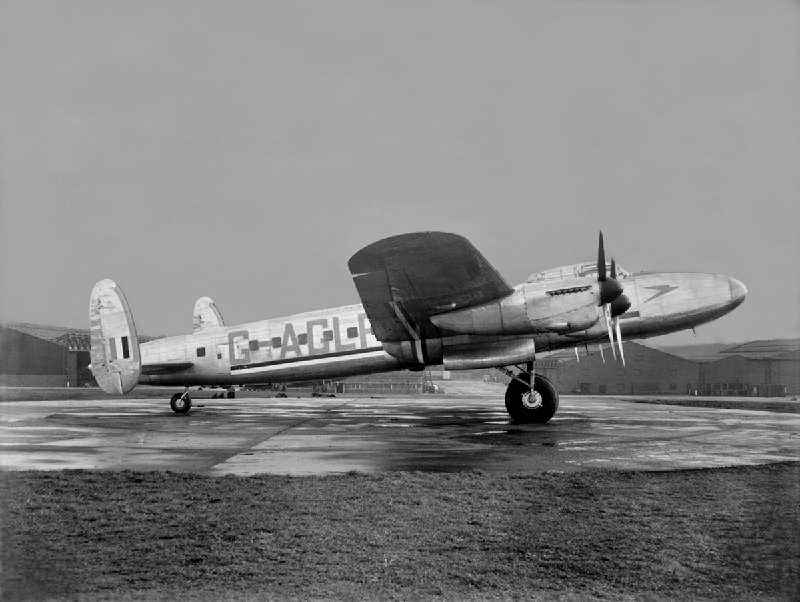 UK Government artistic works, Picryl
UK Government artistic works, Picryl
The Final Flight
Star Dust left Buenos Aires at 1:46 pm on August 2, and for the most part, the flight was uneventful.
And at 5:41 pm, as the plane was approaching their destination, Harmer, the radio operator, sent a routine message in Morse code to the airport in Santiago announcing their expected arrival—in only a few minutes—of 5:45 pm.
However, mere seconds later, another message came through.
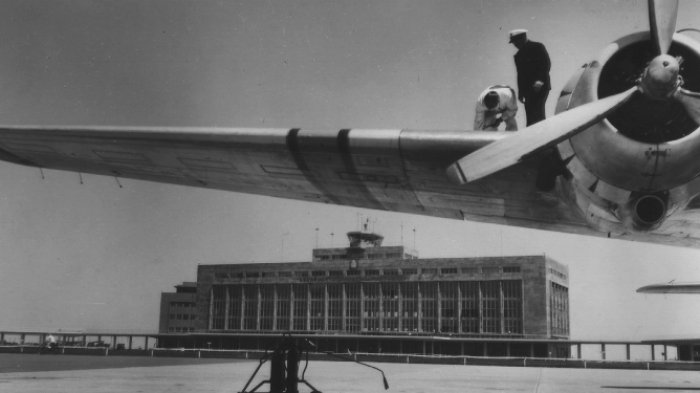 CeDIAP - Centro de Documentación e Información, Picryl
CeDIAP - Centro de Documentación e Información, Picryl
The Last Message
Seconds after announcing their expected arrival, the Chilean Air Force received a concerning message, one they could not decipher.
Although the transmission was said to be “loud and clear” but very fast, the last word was not recognizable.
STENDEC
The final Morse code message was “ETA SANTIAGO 17.45 HRS… STENDEC”. The airport radio operator asked twice for clarification of the last word, but all they got was a repeat of the exact same thing.
There was no further contact after that.
The Disappearance
After the plane failed to arrive, and no further radio transmissions were received, panic arose and a full-scale search began.
Intensive efforts were made by both Chilean and Argentine search teams, as well as by other BSAA pilots.
 WeHaKa, CC BY-SA 4.0, Wikimedia Commons
WeHaKa, CC BY-SA 4.0, Wikimedia Commons
The Search
After no initial findings, the head of the BSAA, Air Vice Marshal Don Bennett, personally directed a five-day intensive search.
But after a grueling pursuit, the team came to an eerie discovery.
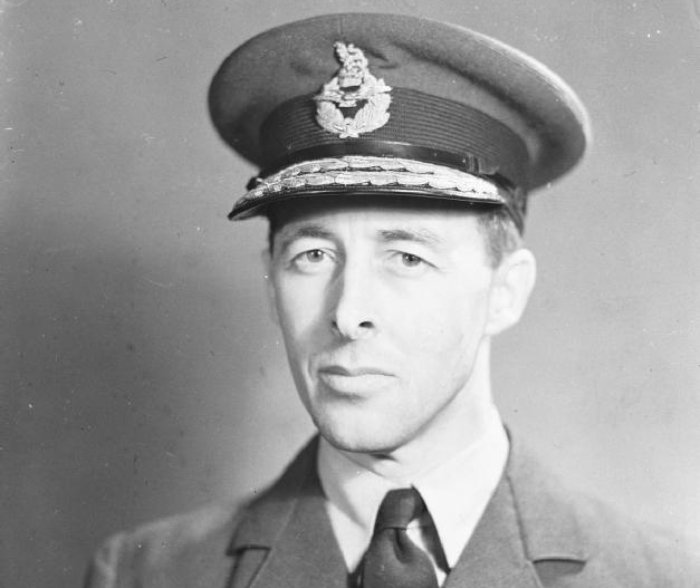 Royal Air Force official photographer, Wikimedia Commons
Royal Air Force official photographer, Wikimedia Commons
The Unknown
As unbelievable as it may seem, there was quite literally no trace of the aircraft at all, or any human life. Not one single piece of wreckage was found, nor were any personal belongings.
It was as though the plane had vanished into thin air.
 Gerard Prins, CC BY-SA 3.0, Wikimedia Commons
Gerard Prins, CC BY-SA 3.0, Wikimedia Commons
The SOS
Investigators got to work trying to piece together the moments before the unexplained disappearance. At this time, a report by an amateur radio operator came in, claiming he had received a faint SOS signal from Star Dust.
This gave hope that there may be survivors.
Theories
Sadly, nothing else came of the SOS signal. Various searches were carried out over the years after the incident and still, no wreckage was ever found.
The strangeness surrounding the event undoubtedly ignited numerous conspiracy theories. What could possibly have happened to Star Dust?
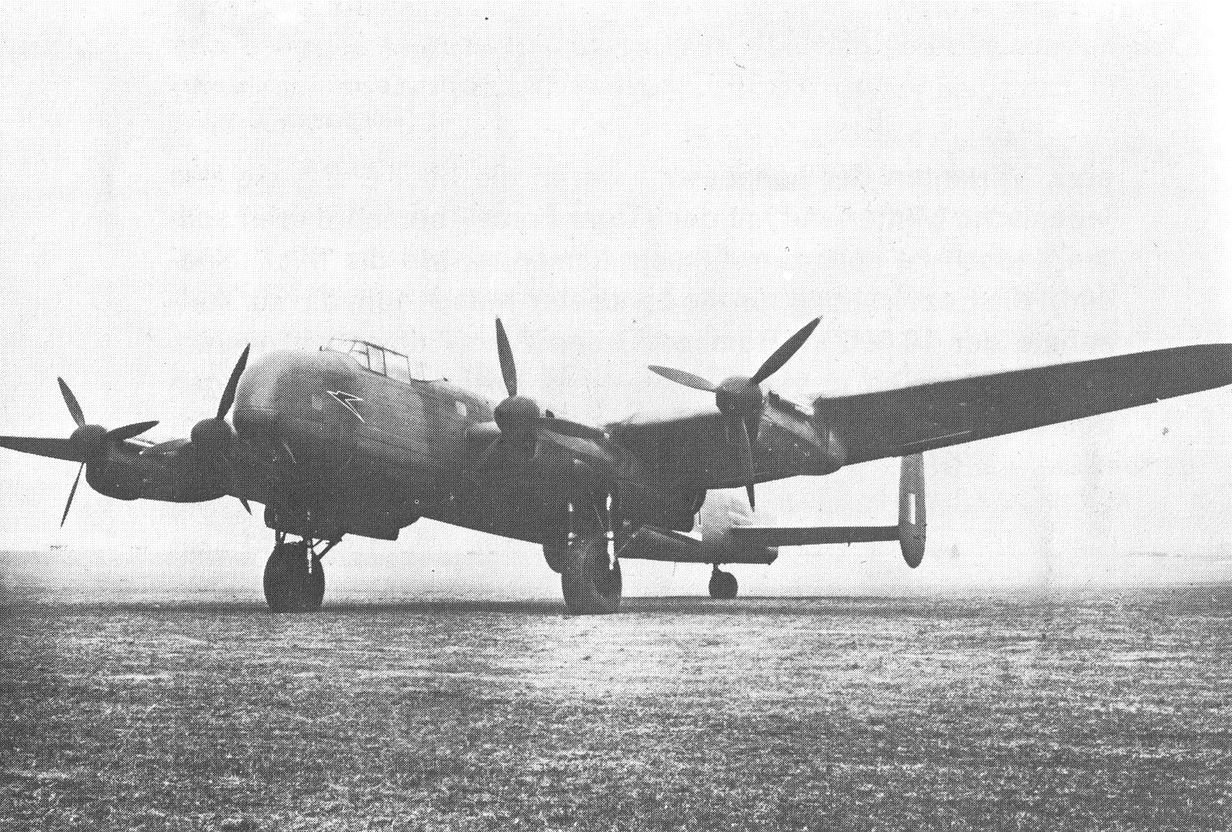 Unknown Author, Wikimedia Commons
Unknown Author, Wikimedia Commons
Sabotage
Rumors circulated that the disappearance of Star Dust was a result of sabotage—meaning someone had deliberately taken it down.
This theory was strengthened by the later disappearances of two other aircraft that also happened to belong to BSAA. Except those aircraft were found.
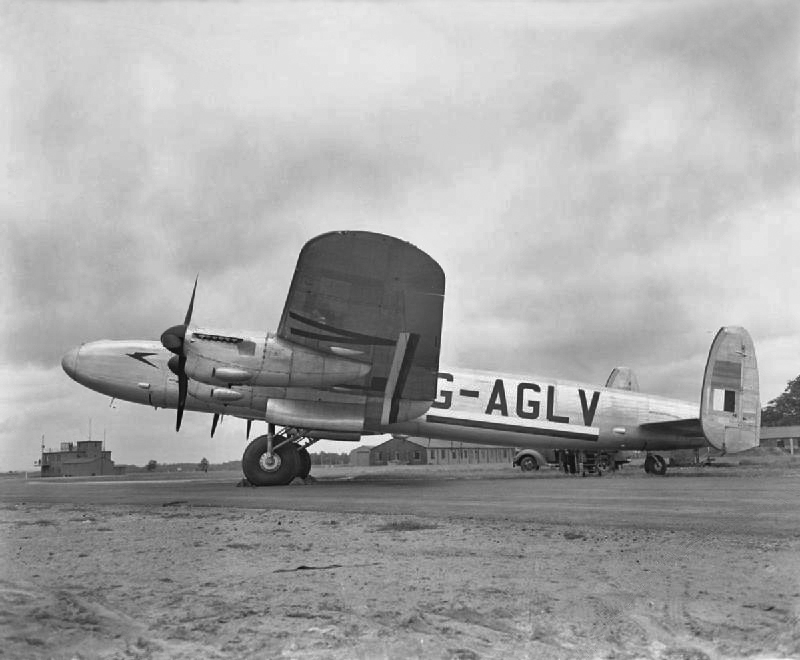 UK Government artistic works, Picryl
UK Government artistic works, Picryl
Diplomatic Documents
Another theory plays into the passengers on board at the time. One of them was Paul Simpson, a King's Messenger with diplomatic documents destined for the British embassy in Santiago.
Some believe the plane was targeted in order to destroy the documents.
But that wasn’t the only valuable item on board.
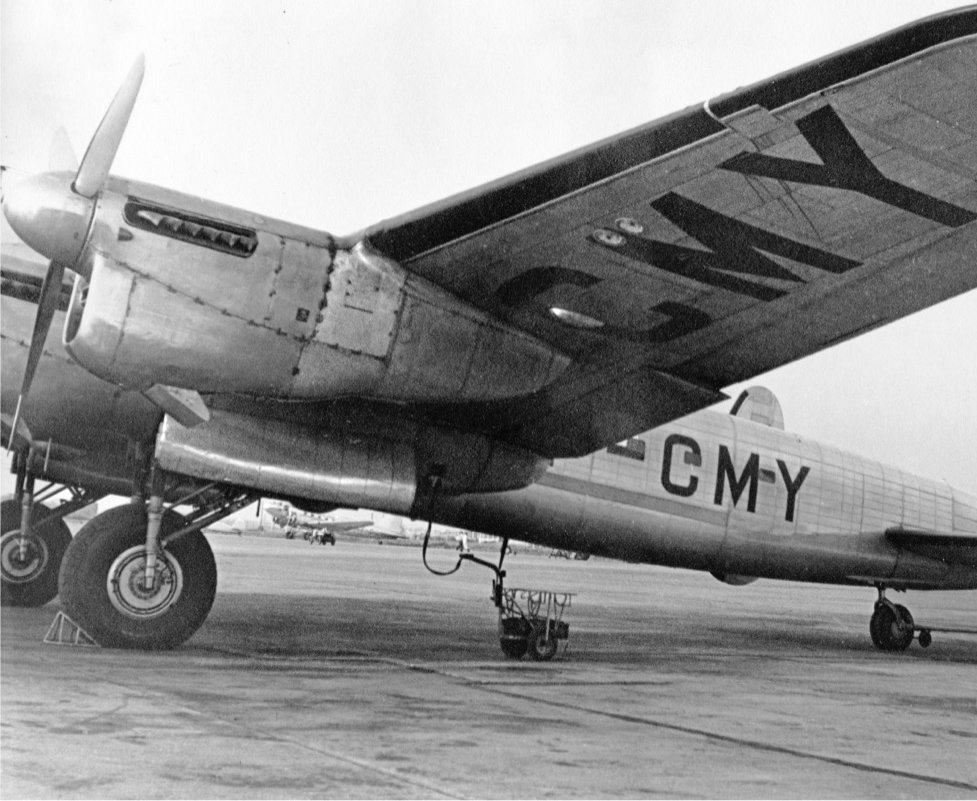 John Hill, CC BY-SA 4.0, Wikimedia Commons
John Hill, CC BY-SA 4.0, Wikimedia Commons
The Diamond
Another theory, similar to the last one, involved another passenger on board, Casis Said Atalah—a Chilean-Palestinian man believed to have been carrying a valuable diamond strategically sewn into the lining of his suit.
Some believe Argentine guerillas knew of this diamond and targeted the plane to retrieve it.
If that’s not far fetched enough for you, there was one more theory that seemed to have a lot of support.
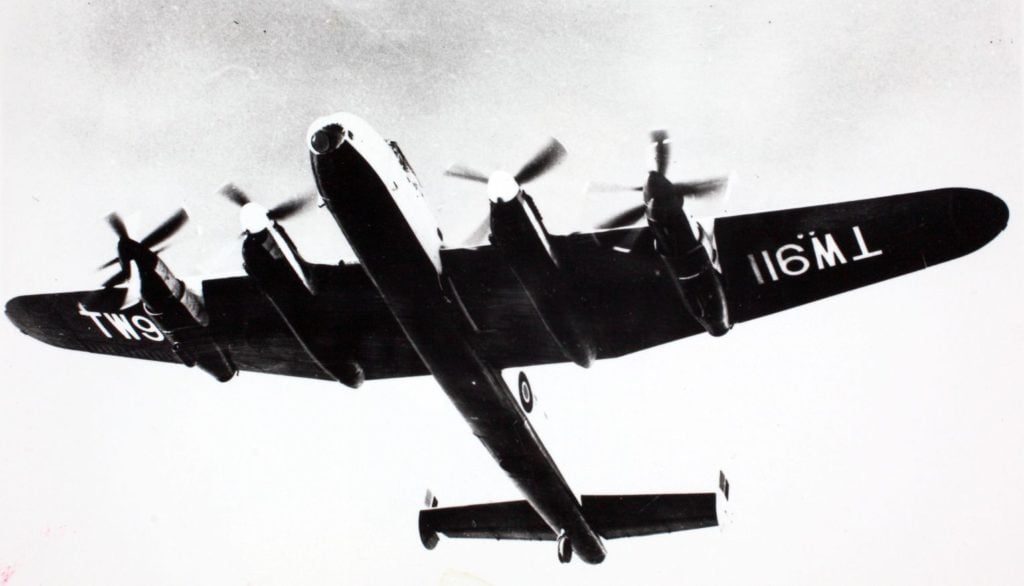 San Diego Air and Space Museum, Picryl
San Diego Air and Space Museum, Picryl
UFO Involvement
Conspiracy theories involving UFOs have been circulating for as long as the Earth has existed, so it’s no surprise that people believe aliens are somehow responsible for Star Dust’s disappearance.
 George Stock, Wikimedia Commons
George Stock, Wikimedia Commons
A Message From Space
This theory is strengthened by the undecipherable Morse code message: STENDEC. Some believe it may have been sent from an unknown entity.
In fact, for many years, this code was the center of the investigation. Surely, it had to mean something.
What We Know About STENDEC
If we could figure out what it was meant to say, we could find out what happened in the moments leading up to the disappearance.
What we do know is that the code was at the end of a routine message announcing their arrival. We also know that after the request for clarification, only the last part of the code, “STENDEC”, was repeated twice, and “very fast”.
This gives the indication that panic may have been involved—which may help decipher what it means.
Speculation Around STENDEC
Years later, in 2000, the BBC television series Horizon presented an episode on the Star Dust disappearance. Shortly after, the staff received hundreds of messages from viewers proposing explanations of “STENDEC”.
Many of these theories actually make sense, too.
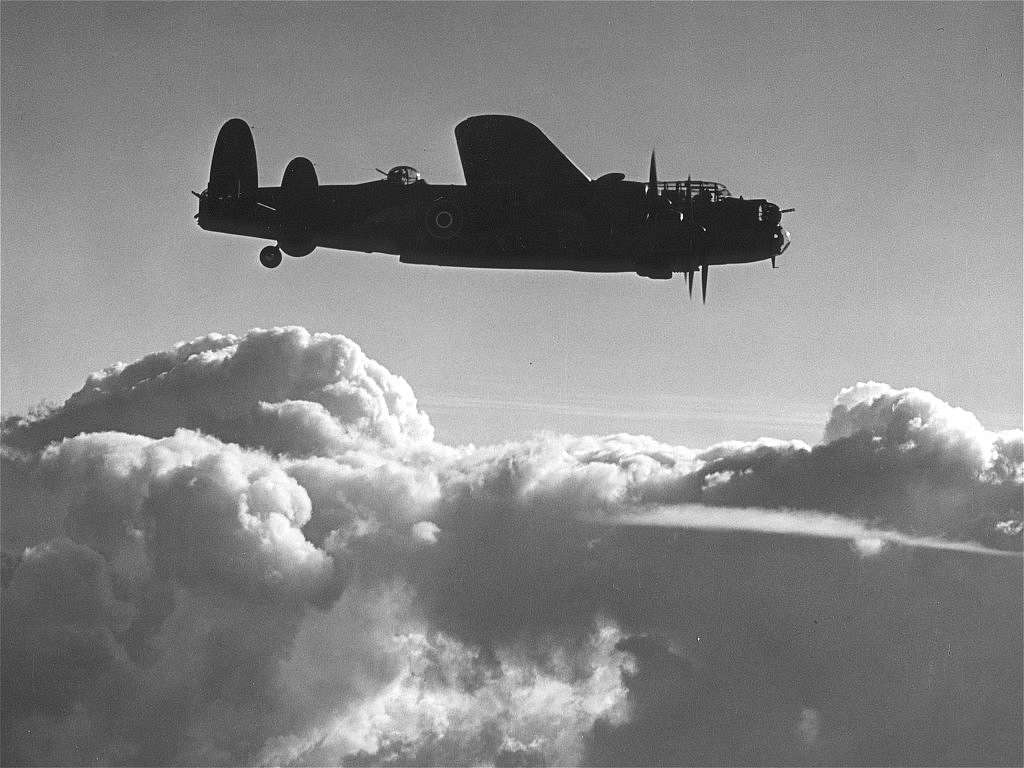 UK Government artistic works, Picryl
UK Government artistic works, Picryl
STENDEC Theory: Hypoxia
Some people believed the pilot was experiencing hypoxia—a condition that often affects the hands and feet, resulting from a lack of oxygen.
Because of this possibility, it is likely that the pilot incorrectly tried to spell “DESCENT”. However, another theory believes the spelling was fully intended.
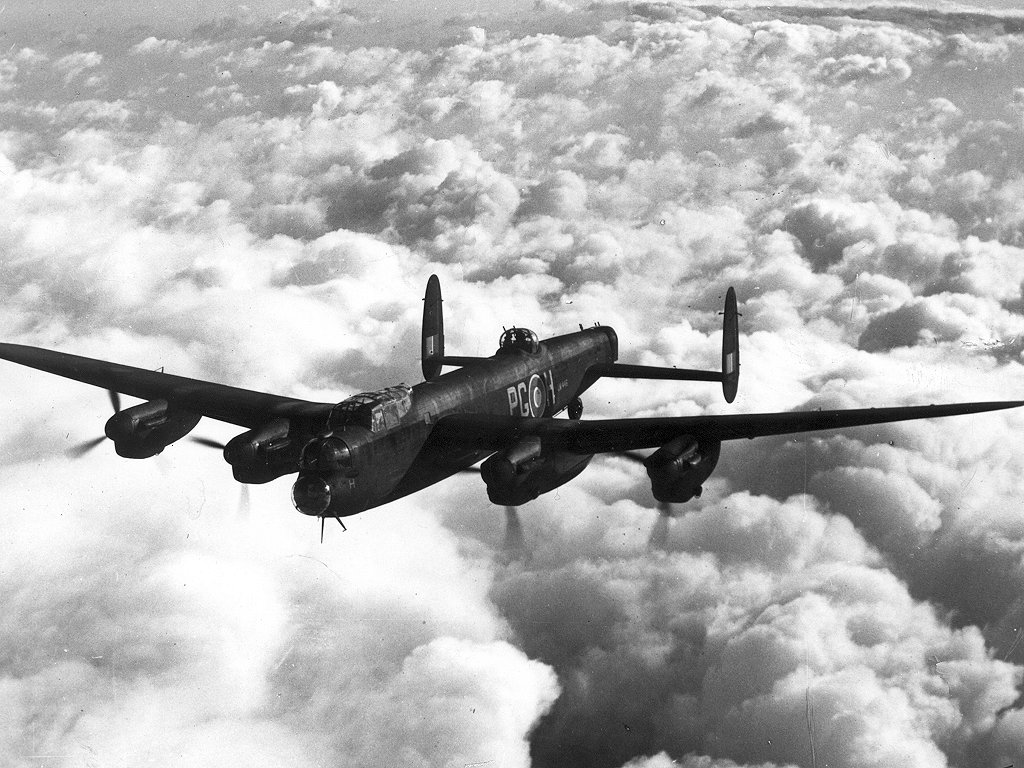 Royal Air Force, Wikimedia Commons
Royal Air Force, Wikimedia Commons
STENDEC Theory: Acronym
Others believed the WWII pilots used this seemingly obscure abbreviation when an aircraft was in hazardous weather and was likely to crash. Supposedly, the acronym meant: “Severe Turbulence Encountered, Now Descending Emergency Crash-landing”.
And then of course, some people think the airport completely misunderstood the message, even though it was repeated multiple times in the exact same way.
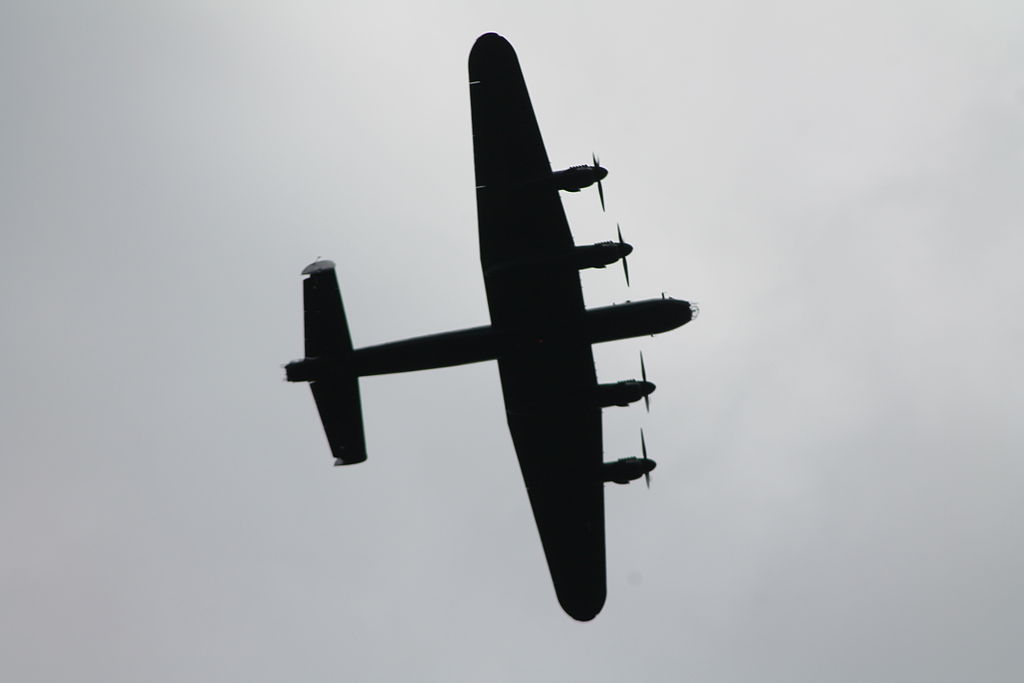 Carfax2, CC BY-SA 3.0, Wikimedia Commons
Carfax2, CC BY-SA 3.0, Wikimedia Commons
STENDEC Theory: Morse Code Mishap
The most believed theory, and the simplest explanation, is that the spacing of the rapidly sent message was misheard or “sloppily sent”.
In Morse code, determining accurate spacing between characters is vital to properly interpret the message.
“STENDEC” was apparently very close to other codes that could make better sense.
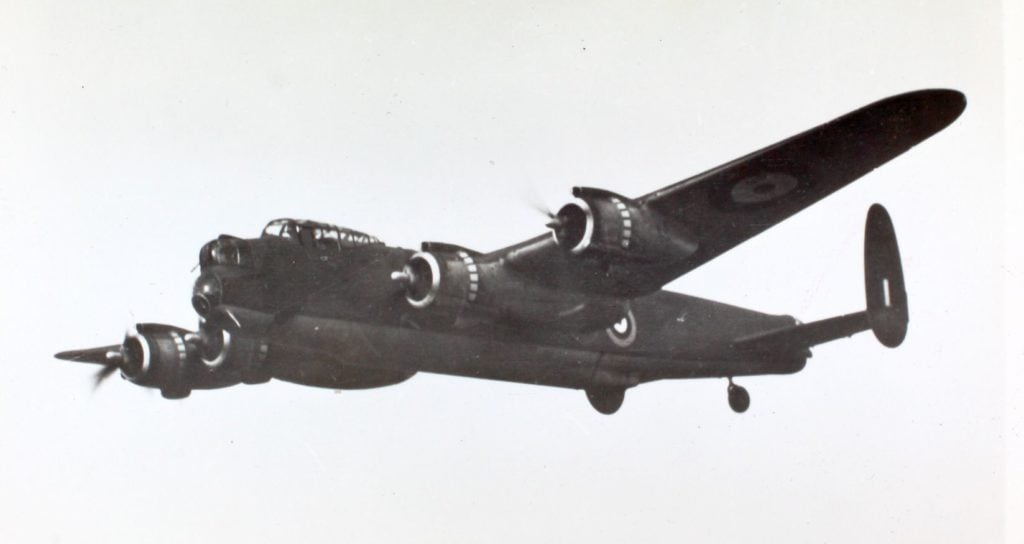 San Diego Air and Space Museum, Flickr
San Diego Air and Space Museum, Flickr
STENDEC Theory: Morse Code Mishap
STENDEC uses the exact same dot/dash sequence as the code for Los Cerrillos Airport in Santiago, as well as the code for “over”.
Alternatively, STENDEC is only one character off from spelling the call sign for another airport, Valparaiso, which was 110 km north of Santiago.
So, which theory proves true?
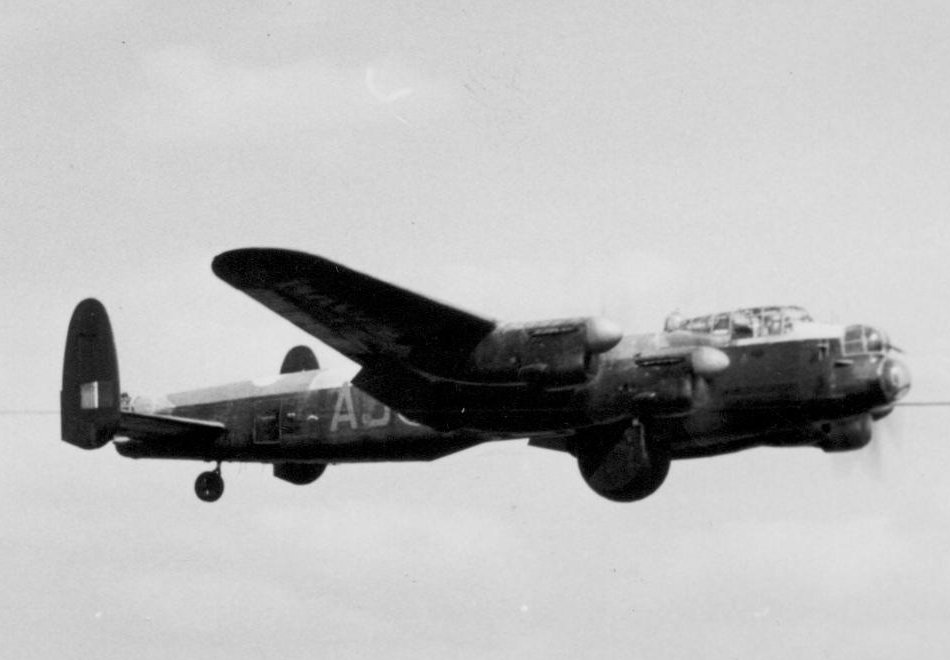 RuthAS, CC BY-SA 3.0, Wikimedia Commons
RuthAS, CC BY-SA 3.0, Wikimedia Commons
The Truth Behind STENDEC
The truth is we still don’t know. Given that none of the occupants are likely to have survived the disappearance, we will never know the true meaning of the very last Morse code message received from Star Dust.
For over fifty years, everything remained unknown—until the glacial ice started to melt, and a chilling discovery was made.
The Mountain Climbers
In 1998, two Argentine mountaineers climbing Mount Tupungato—about 60 mi (100 km) west-southwest of Mendoza, and about 50 mi (80 km) east of Santiago—came across a startling discovery.
At first, it was impossible to tell what it was. But after some careful digging, a very big piece of the puzzle emerged.
 Hnunezc, CC BY-SA 4.0, Wikimedia Commons
Hnunezc, CC BY-SA 4.0, Wikimedia Commons
The Wreckage
High up in the Tupungato Glacier, at an elevation of 15,000 ft (4,600 m), the mountaineers found the wreckage of a Rolls-Royce Merlin aircraft engine.
Not only that, they also came across twisted pieces of metal and even shreds of clothing.
Suddenly, the 50-year-old cold case was hot again, and authorities rushed to the scene.
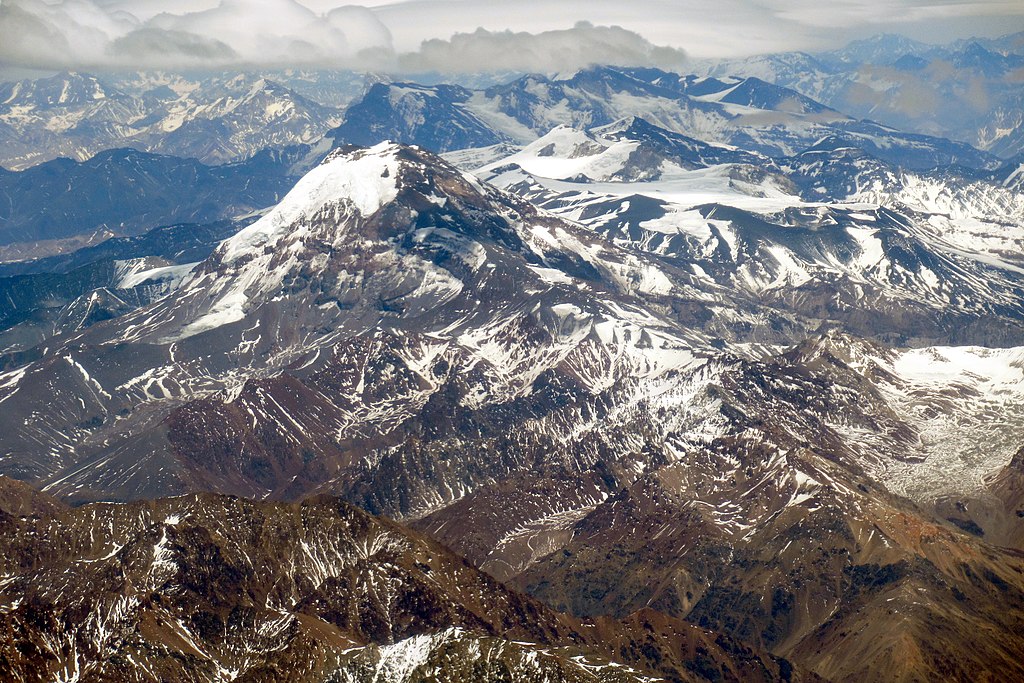 WeHaKa, CC BY-SA 4.0, Wikimedia Commons
WeHaKa, CC BY-SA 4.0, Wikimedia Commons
The Expedition
Given the magnitude of the location, further search expeditions took time to execute. In 2000, an Argentine Army expedition found additional wreckage—including a propeller and wheels (one of which still had an intact and inflated tire).
The wreckage was apparently “well localized”—a noteworthy point that helped piece together the tragedy.
 pablo david gonzález, CC BY-SA 3.0, Wikimedia Commons
pablo david gonzález, CC BY-SA 3.0, Wikimedia Commons
The Facts
Now that the wreckage had been found, it was easier to figure out what may have happened. Evidence claimed that the plane had a head-on impact with the glacier—which ruled out a mid-air explosion.
The recovered propeller also told an intriguing story.
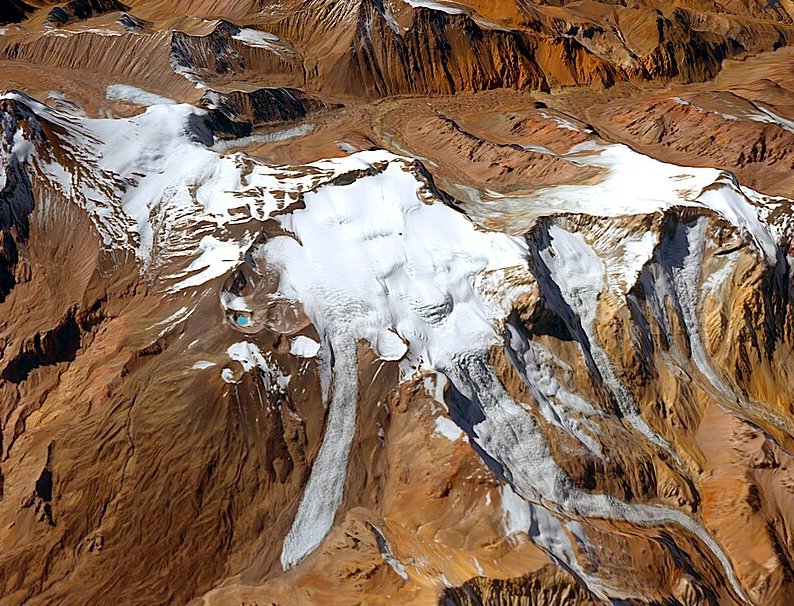 Copernicus Sentinel, Wikimedia Commons
Copernicus Sentinel, Wikimedia Commons
The Propeller
The propeller showed that the engine had been running at near-cruising speed at the time of the impact. Therefore, the pilot had not attempted to lower the speed, or stop the plane before the sudden impact.
The condition of the wheels though, gave the best indication of what happened.
The Wheels
The condition of the wheels proved that the undercarriage was still retracted, suggesting “controlled flight into terrain” was most likely—meaning the plane was unintentionally flown into the mountain, rather than an attempted emergency landing.
Now the mysterious disappearance was categorized as a tragic accident—with even more explanations to follow.
The Reason
How did this tragic accident happen to three very experienced WWII pilots?
Well, it is assumed that during the final portion of the flight, heavy clouds may have blocked visibility of the ground—contributing to a navigational error.
 Mtaylor848, CC BY-SA 4.0, Wikimedia Commons
Mtaylor848, CC BY-SA 4.0, Wikimedia Commons
The Jet-Stream
It is believed the plane was flying through a jet-stream at that time—a phenomenon not well understood in 1947, in which high-altitude winds can blow at high speed in directions different from those of winds observed at ground level.
If the plane, which had to cross the Andes Mountain range at 24,000 ft (7,300 m), had entered the jet-stream zone, it would have significantly decreased their ground speed.
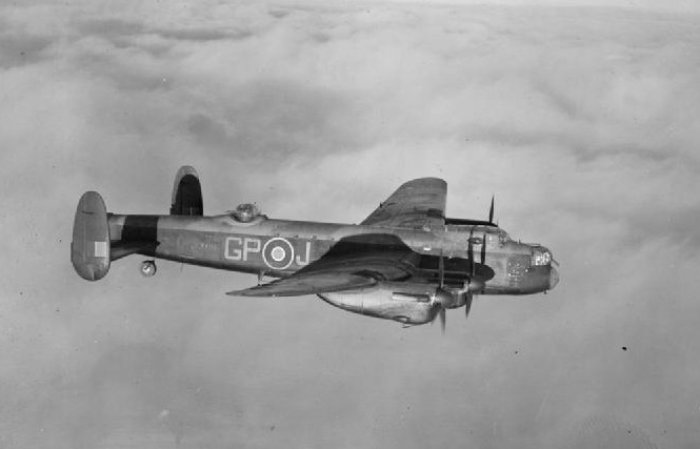 UK Government artistic works, Picryl
UK Government artistic works, Picryl
The Mistake
If the pilots had mistakenly assumed their ground speed to be faster than it was, they likely assumed they had already safely crossed the Andes, and started their descent to Santiago.
Sadly, they were in fact still a considerable distance away and instead headed right for the Tupungato Glacier at high speed.
 Tijs Michels, CC BY-SA 3.0, Wikimedia Commons
Tijs Michels, CC BY-SA 3.0, Wikimedia Commons
Skepticism
Although this theory makes the most sense, there were some BSAA pilots who were fully convinced that Cook would not have made this mistake. Given his extensive experience and exhausting list of successes, the decorated pilot was specifically trained to avoid this type of situation.
Instead, it was suggested that strong winds may have brought down the aircraft in some other way.
But why did it take so long to find the plane?
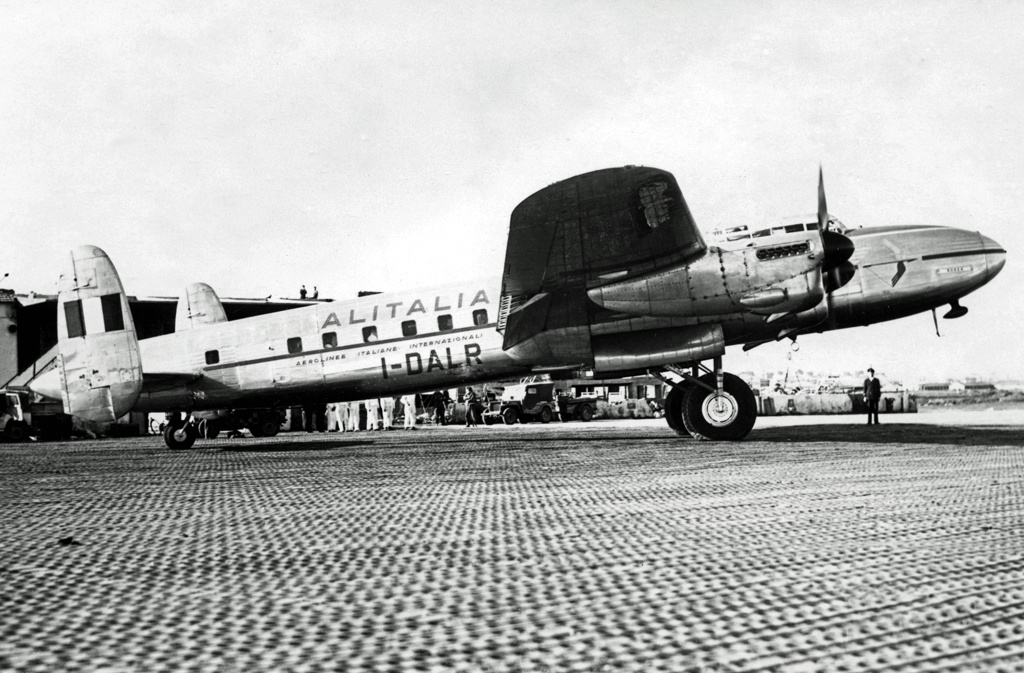 Jennifer Gradidge, Wikimedia Commons
Jennifer Gradidge, Wikimedia Commons
The Mountain
It is likely that Star Dust had flown into a nearly vertical snowfield near the top of the glacier, causing an avalanche that buried the wreckage within seconds—concealing it from search efforts.
As the compressed snow turned to ice, the wreckage would have been frozen into the body of the glacier, staying put for several years.
 Gerard Prins, CC BY-SA 3.0, Wikimedia Commons
Gerard Prins, CC BY-SA 3.0, Wikimedia Commons
Melting Ice
As the glacier slowly melted and broke apart, pieces of the wreckage likely fell further down the mountain—which explains the lower location of where the wreckage was mostly found.
Between 1998 and 2000, only 10% of the total expected wreckage had emerged from the glacier—but more is expected to surface in the future.
 WeHaKa, CC BY-SA 4.0, Wikimedia Commons
WeHaKa, CC BY-SA 4.0, Wikimedia Commons
The Blame
Even given the evidence pointing to the likelihood of what happened, it could not be 100% proven. Thus, the Argentine Air Force cleared Cook of any blame, concluding that the crash had been the result of a “heavy snowstorm” and “very cloudy weather”.
It was simply a tragic accident.
Now that the wreckage had been found—what about the occupants?
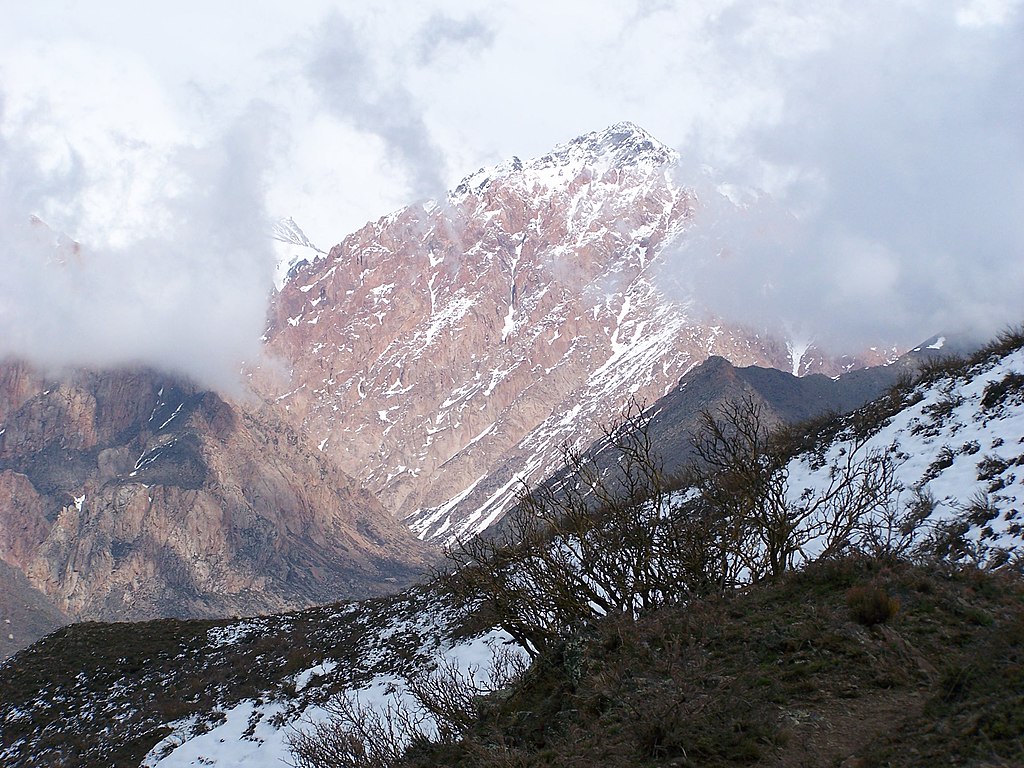 Patosiriri, CC BY-SA 3.0, Wikimedia Commons
Patosiriri, CC BY-SA 3.0, Wikimedia Commons
The Occupants
Not long after the first pieces of the wreckage were found, a recovery effort took place in search of the occupants.
However, it didn’t take long. Human remains were quickly located—and it was an unsightly scene.
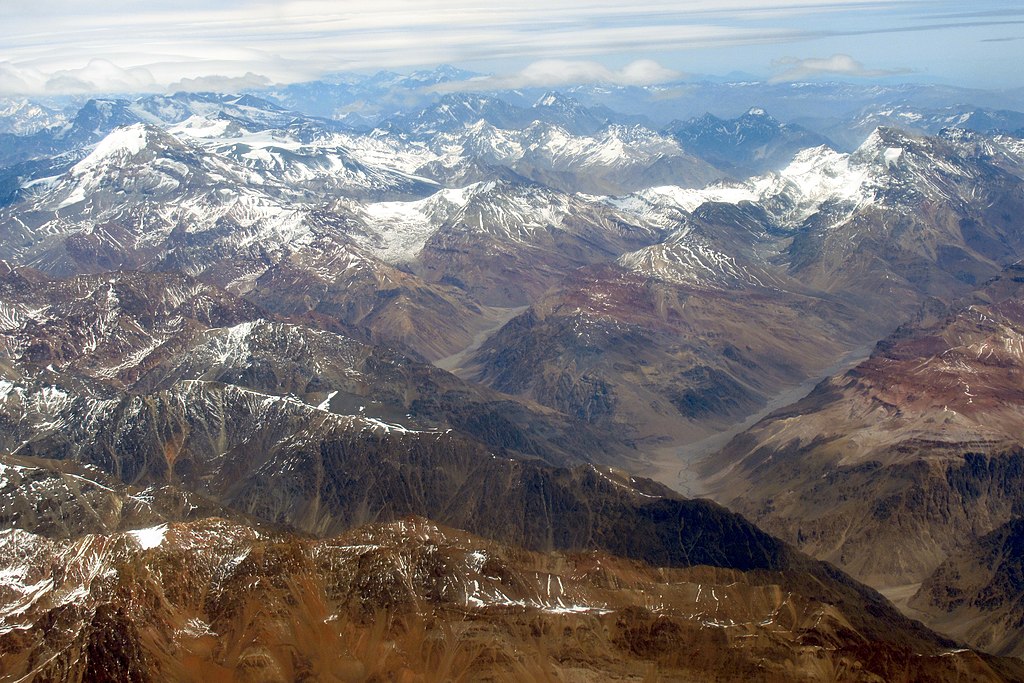 WeHaKa, CC BY-SA 4.0, Wikimedia Commons
WeHaKa, CC BY-SA 4.0, Wikimedia Commons
Human Remains
The impact of the crash completely dismantled the bodies of the occupants, and they were found in scattered pieces over a mile from the wreckage. Three torsos were located, along with a foot in an ankle boot, and a manicured hand with fingers stretched outward.
They were in a remarkable state of preservation; freeze-dried by icy winds, the remains had not suffered bacteriological decay, making it easier to identify.
 Hnunezc, CC BY-SA 4.0, Wikimedia Commons
Hnunezc, CC BY-SA 4.0, Wikimedia Commons
DNA Testing
By 2002, the bodies of five of the occupants had been identified through DNA testing. But since it had now been well over 50 years since the crash, some of the victims had no remaining family members to notify.
 Maggie Bartlett, Wikimedia Commons
Maggie Bartlett, Wikimedia Commons
Mystery Solved
The Star Dust mystery had now been solved. Thanks to good old nature, this unspeakable tragedy took over 50 long years to solve. And more pieces to the puzzle are still expected to emerge from the ice in the future, as the glacier continues to melt.


